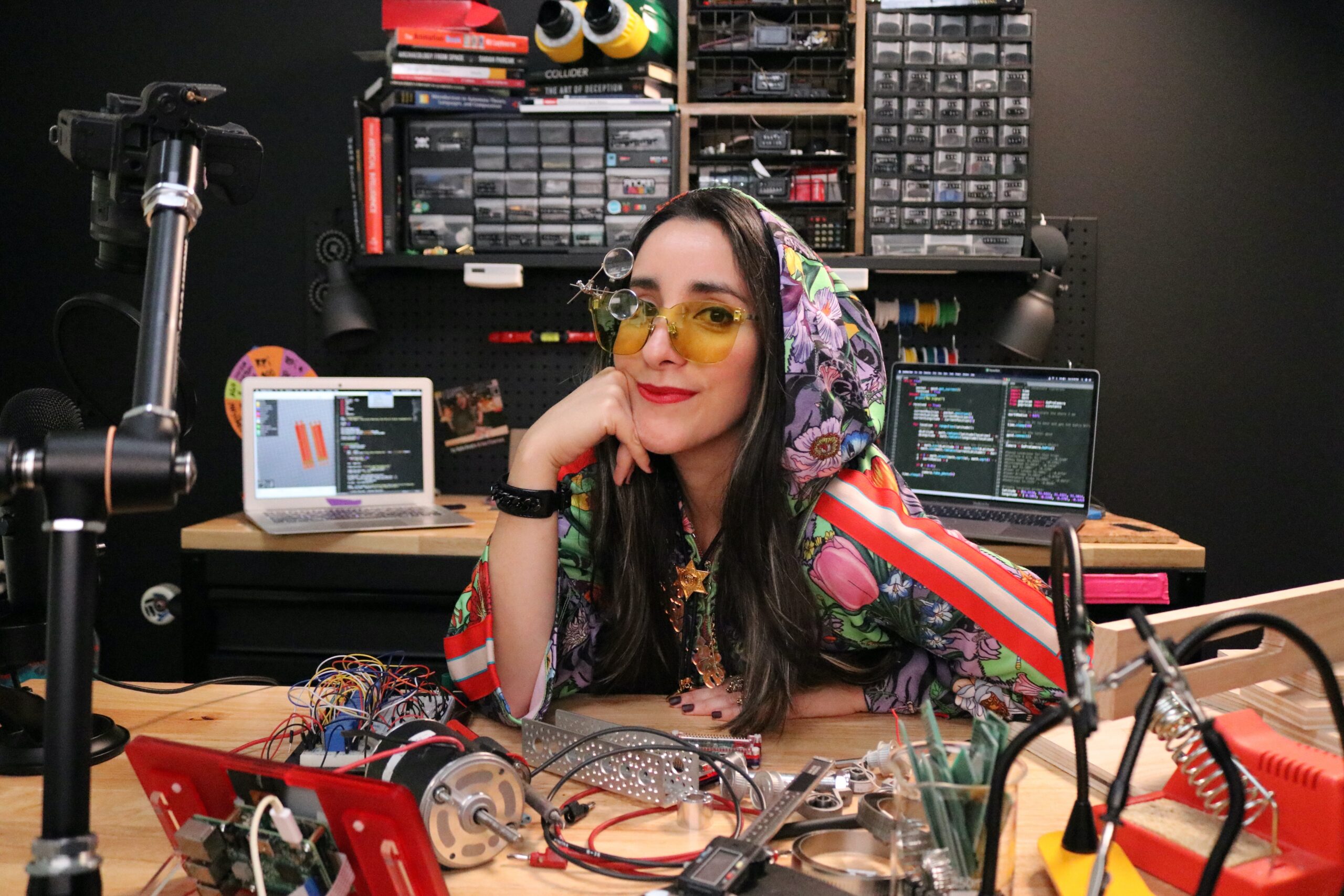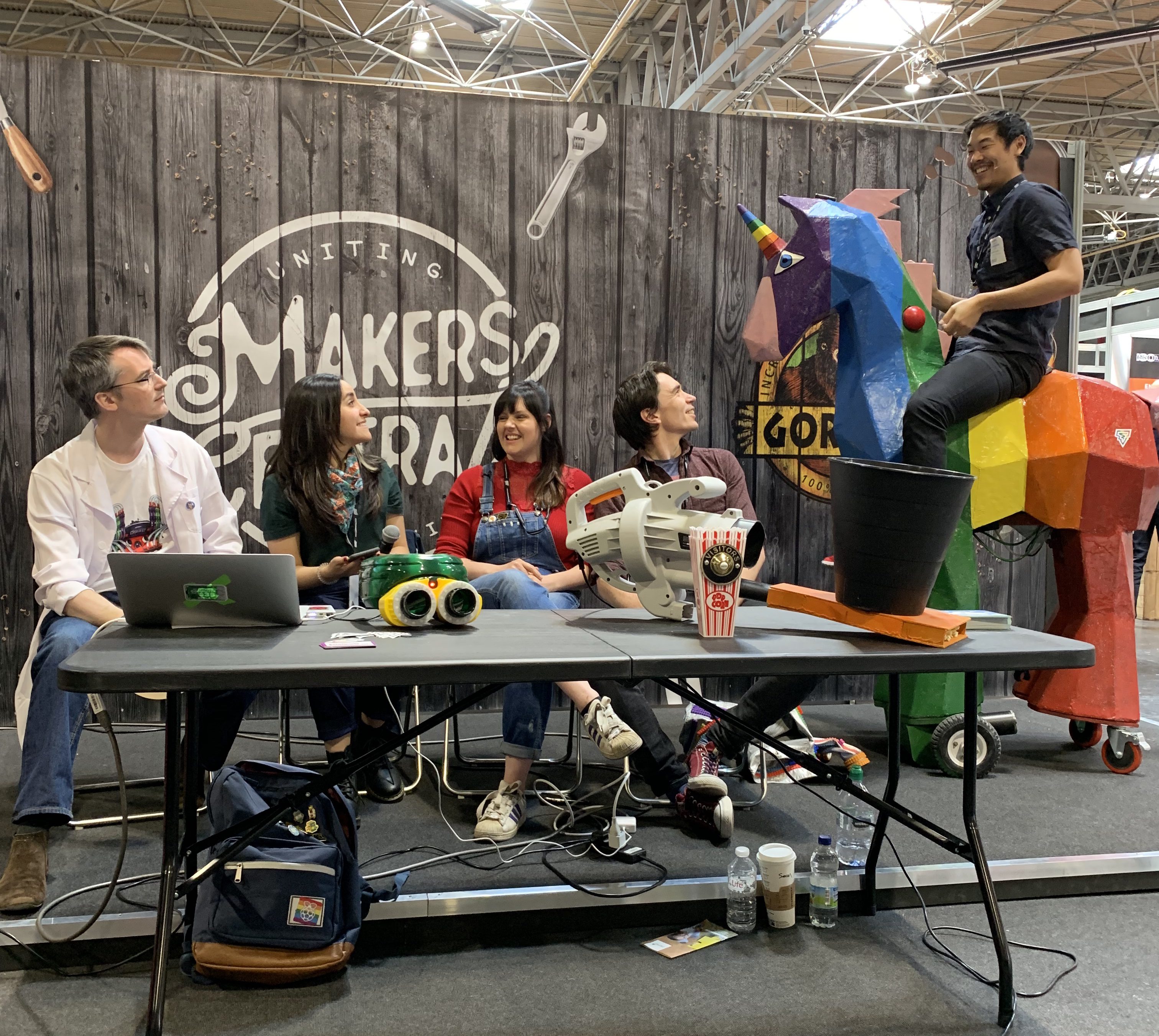Schlagwort: Estefannie Explains it All
-

Meet Estefannie Explains it All
Reading Time: 14 minutesRecently listed as one of Instagram’s Top 7 Women in STEM, software engineer and content creator Estefannie talks to Alex Bate about electronics, her online community, and why she can’t stop giving away free tech in her Instagram Live streams. Coming from a software background, Estefannie had to learn electronics Based in…
-

How to run a script at start-up on a Raspberry Pi using crontab
Reading Time: 2 minutesDo you need to run a script whenever your Raspberry Pi turns on? Here’s Estefannie to explain how to edit crontab to do exactly that. How to start a script at start-up on a Raspberry Pi // LEARN SOMETHING Do you want your Raspberry Pi to automatically run your code when it…
-

Estefannie’s Jurassic Park goggles
Reading Time: 3 minutesWhen we invited Estefannie Explains It All to present at Coolest Projects International, she decided to make something cool with a Raspberry Pi to bring along. But being Estefannie, she didn’t just make something a little bit cool. She went ahead and made Raspberry Pi Zero-powered Jurassic Park goggles, or, as she…
-

The world’s first Raspberry Pi-powered Twitter-activated jelly bean-pooping unicorn
Reading Time: 3 minutesWhen eight-year-old Tru challenged the Kids Invent Stuff team to build a sparkly, pooping, rainbow unicorn electric vehicle, they did exactly that. And when Kids Invent Stuff, also known as Ruth and Shawn, got in contact with Estefannie Explains it All, their unicorn ended up getting an IoT upgrade…because obviously. You tweet and…
-

Community Profile: Estefannie Explains It All
Reading Time: 5 minutesThis column is from The MagPi issue 59. You can download a PDF of the full issue for free, or subscribe to receive the print edition through your letterbox or the digital edition on your tablet. All proceeds from the print and digital editions help the Raspberry Pi Foundation achieve our charitable…




